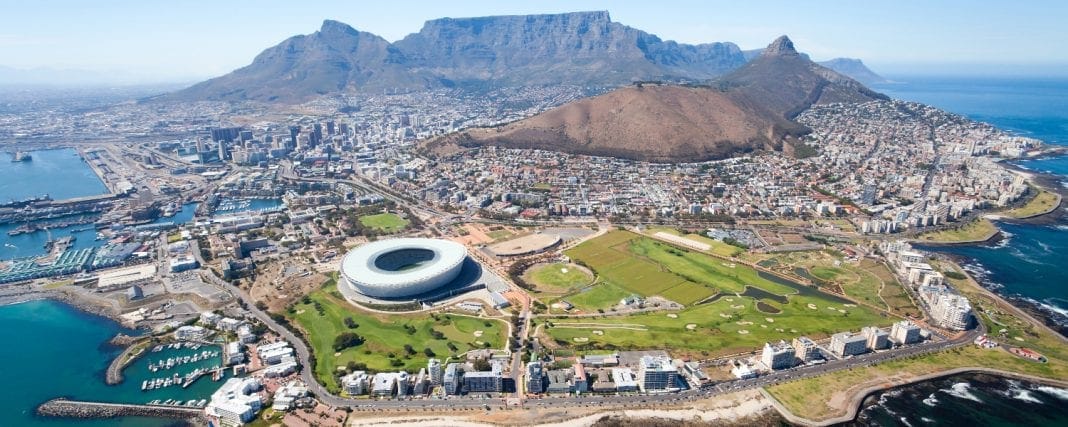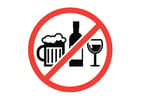Tourism is a key economic driver for the 22 countries of the Ibero-American Community (the 19 countries of Latin America and the three of the Iberian Peninsula). The newly released ‘Tourism in Ibero-America’ highlights that tourism was among the economic activities that best resisted the global economic crisis and therefore strongly contributes to the sustained and balanced growth and development of Ibero-American countries. The report is published as Ibero-American Heads of State and Government meet in Argentina to devise ways to strengthen social inclusion (3-4 December).
International tourism is a crucial export earner for Ibero-American countries and provides a major boost to the region’s Balance of Payments. With receipts for international travel and passenger transport in the order of US$ 135 billion in 2009, tourism represents as much as 9% of total exports of Ibero-America. As this group of countries only spends about half as much on international tourism as they earn, tourism generates a trade surplus in the Balance of Payments of some US$ 65 billion. The share of tourism in overall exports earnings exceeds 15% in Spain and Portugal, as well as in several of the destinations in the Americas (Costa Rica, Cuba, Dominican Republic, Nicaragua and Panama).
According to the new edition of Tourism in Ibero-America, international arrivals in the 22 countries reached 122 million in 2009, or 14% of the worldwide total. Although this represented a decline of 6%, due to the global economic crisis, the A (H1N1) flu pandemic and a series of natural disasters, several destinations in Latin America bucked the trend and registered notable increases in international and domestic arrivals. As tourism was comparatively more resilient than other economic activities, the sector continued to support the region’s economies during this extremely challenging period in terms of growth, job creation and development. Results through August show a strong rebound in 2010, in particular in Central and Southern American destinations.
Note to editors:
Tourism in Ibero-America is a joint publication produced annually by UNWTO and SEGIB (Secretaría General Iberoamericana), the Ibero-American General Secretariat. This year’s edition also includes a special report on the growing Spanish outbound market to the Americas, as well as contributions on key tourism trends by UNWTO Affiliate Members in the region from the public and private sector.
The fifth edition of Tourism in Ibero-America has been released on the occasion of the XX Ibero-American Summit of Heads of State and Government (Mar del Plata, Argentina, 3-4 December).
The 22 Members of the Ibero-American Community: Andorra, Argentina, Bolivia, Brazil, Chile, Colombia, Costa Rica, Cuba, Dominican Republic, Ecuador, El Salvador, Guatemala, Honduras, Mexico, Nicaragua, Panama, Paraguay, Peru, Portugal, Spain, Uruguay and Venezuela
WHAT TO TAKE AWAY FROM THIS ARTICLE:
- Although this represented a decline of 6%, due to the global economic crisis, the A (H1N1) flu pandemic and a series of natural disasters, several destinations in Latin America bucked the trend and registered notable increases in international and domestic arrivals.
- The share of tourism in overall exports earnings exceeds 15% in Spain and Portugal, as well as in several of the destinations in the Americas (Costa Rica, Cuba, Dominican Republic, Nicaragua and Panama).
- This year's edition also includes a special report on the growing Spanish outbound market to the Americas, as well as contributions on key tourism trends by UNWTO Affiliate Members in the region from the public and private sector.






















